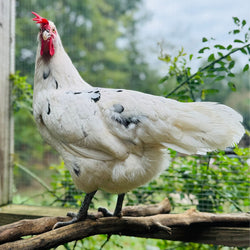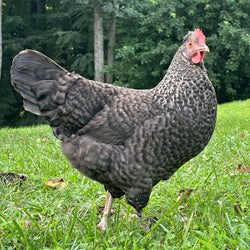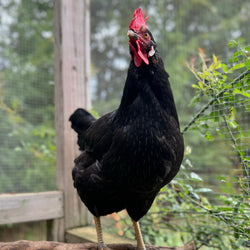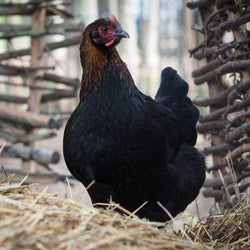f=menu&page=7/--
Frequently Asked Questions
Here we answer the most commonly-asked questions about ordering, chicken care, and more.
Why don't you offer a vaccine against Coccidiosis?
Coccidiosis is an infection caused by a protozoan, and it is found in most environments. However, the coccidiosis vaccine administered in the U.S. is unattenuated, meaning it is not weakened in any way, and can actually cause illness and retarded growth. We think it's a bad idea to cause the baby chicks to endure the extra stress of cocci vaccinations, since shipping is already stressful on the babies. It's for that reason we don't offer a vaccination against coccidia. To offer extra protection against cocci, you can offer a medicated chick starter feed--this usually contains amprol, and helps chicks resist...
Read MoreI want to sell the eggs from my chicks as "organic". Are your chicks organic?
"Certified organic" regulations vary from state to state and region to region, and (thus far) do not have to do with the way chicks are hatched. Instead, whether eggs you produce on your farm or in your backyard can be certified "organic" or not has to do with the way YOU raise the chickens you acquire. Generally you will have to feed an organic feed, but it is much more than that and can include whether you medicate them, with what, and sometimes even whether the land you raise them on has been certified free of pesticide use for a...
Read MoreWhat happens if a chick I purchase from My Pet Chicken is incorrectly sexed?
It's always disappointing when a bird isn't sexed correctly, especially if your "girl" ended up being a "boy" and was the family's favorite chick! Since chicken sexing is an art, not a science, sometimes errors do occur (though our professional chick vent sexers are correct more than 90% of the time). 1. We will refund you for any bird which has been incorrectly sexed, provided you notify us within the correct sexing error reporting time frame. Early or late reports can't be taken. Sexing errors must be reported when the birds are 14 to 22 weeks old. Sexing errors for...
Read MoreCan I cancel my order for baby chicks?
Yes, we're happy to cancel an order provided you let us know by 6:00 PM on the Thursday before your scheduled ship week. As you remember from checkout, baby chick orders cannot be cancelled (or changed) later than that date. Be sure to have your order number at hand so we can find your order to cancel it. The reason we require this notice is that, in many cases, the shipping schedule must be shuffled so the baby chicks we were hatching for you can find new adopters in time to receive them when they hatch. In addition we need...
Read MoreI have already placed my order for baby chicks. Can I change it?
Yes, in most cases, you can change your baby chick order. Contact us to have your order changed. But before you do, read on because there are some important things you should keep in mind before placing your request! Let us know by 6:00 p.m. the Thursday before your scheduled ship date We require this notice because we need time to make sure the shipment can been changed or stopped. Obviously, we don't want to send baby chicks out to Post Offices where they will never be picked up, or to send you your original order if you are...
Read MoreCan I mix and match or do I have to buy all the same breed?
There is no minimum number of chicks per breed or size. Although your total order must meet the minimum number for the time of year that your order is shipped. So you can mix and match to your heart's content: really cherry pick your flock! Minimum Baby Chick Order April - November: 3 Baby Chicks December - March: 8 Baby Chicks The neat thing about having a mixed flock is that it's easy to tell them all apart. It can take longer to schedule a delivery when you have lots of different breeds, however, because they must ALL be available...
Read MoreWhy do hens eat their own eggs?
How can I stop them? Diets low in protein can encourage egg eating simply because the hens are trying to get the nutrition they need. Make sure your are feeding your flock a good, quality feed, and that you aren't supplementing with too much scratch or corn, or other low protein treats, either. You just don't want to see something like this when you go to gather eggs:The trouble is, once egg eating has begun, it can be very difficult to break the habit. Here are a few tips to try: Collect eggs regularlyTo stop egg eating, collect your eggs regularly. The...
Read MoreDo you sell older chickens?
Yes! We usually have up to six batches of juvenile 6-week-old chickens available each year at various times. They do sell out very quickly, so keep your eyes peeled for availability. They sell so fast because, unlike other hatcheries, My Pet Chicken often has a selection of several rare and heirloom varieties like Black Copper Marans, Speckled Sussex, Welsummers, Easter Eggers, and so on. Most hatcheries offer started pullets in only a few limited high-production breeds like Red or Black Stars (or other sex-linked varieties), Rhode Island Reds, or Leghorns. We don't know of any other hatchery that offers started...
Read More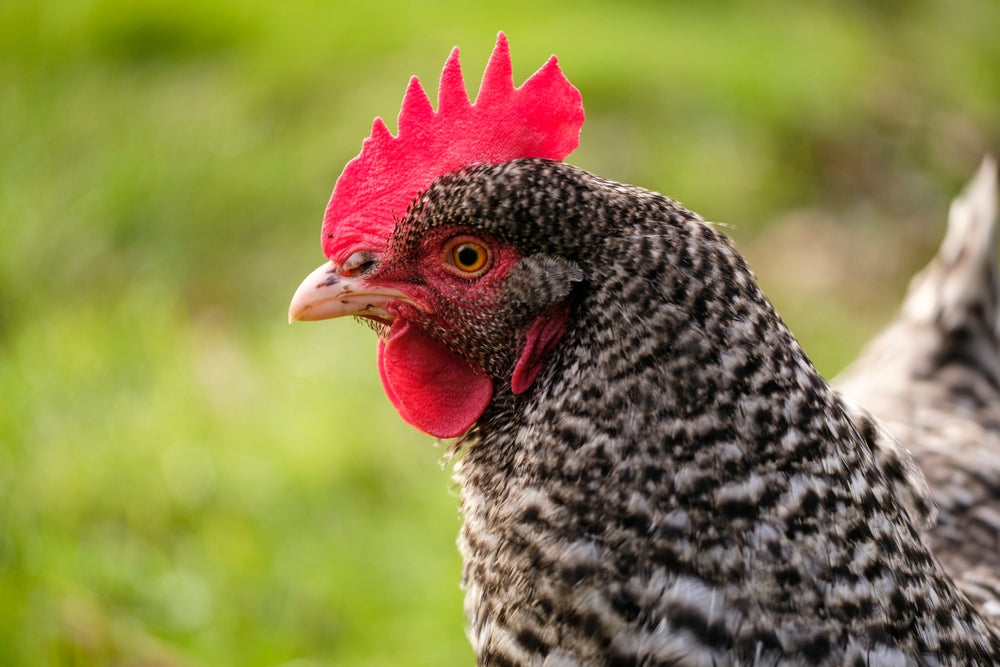
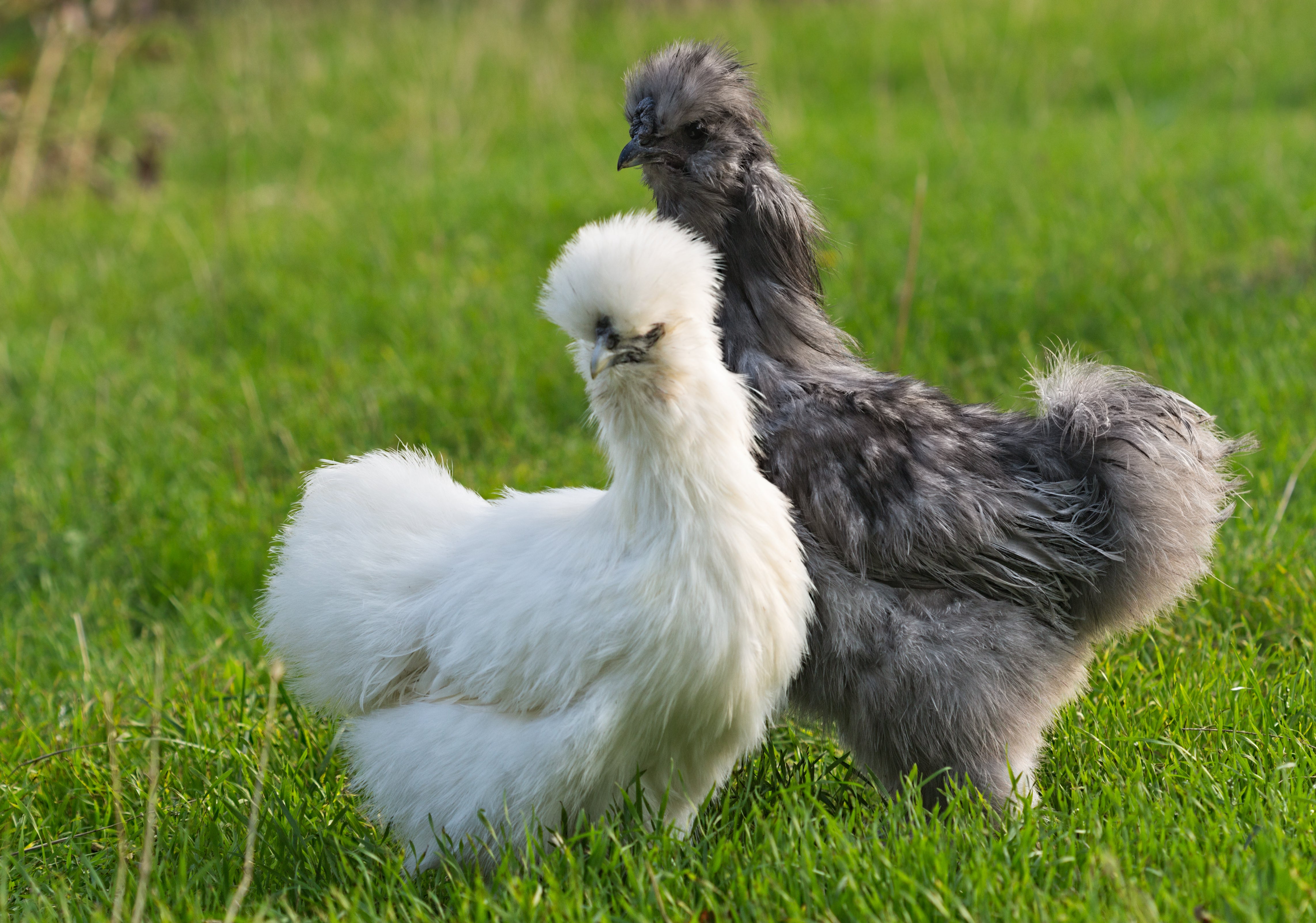
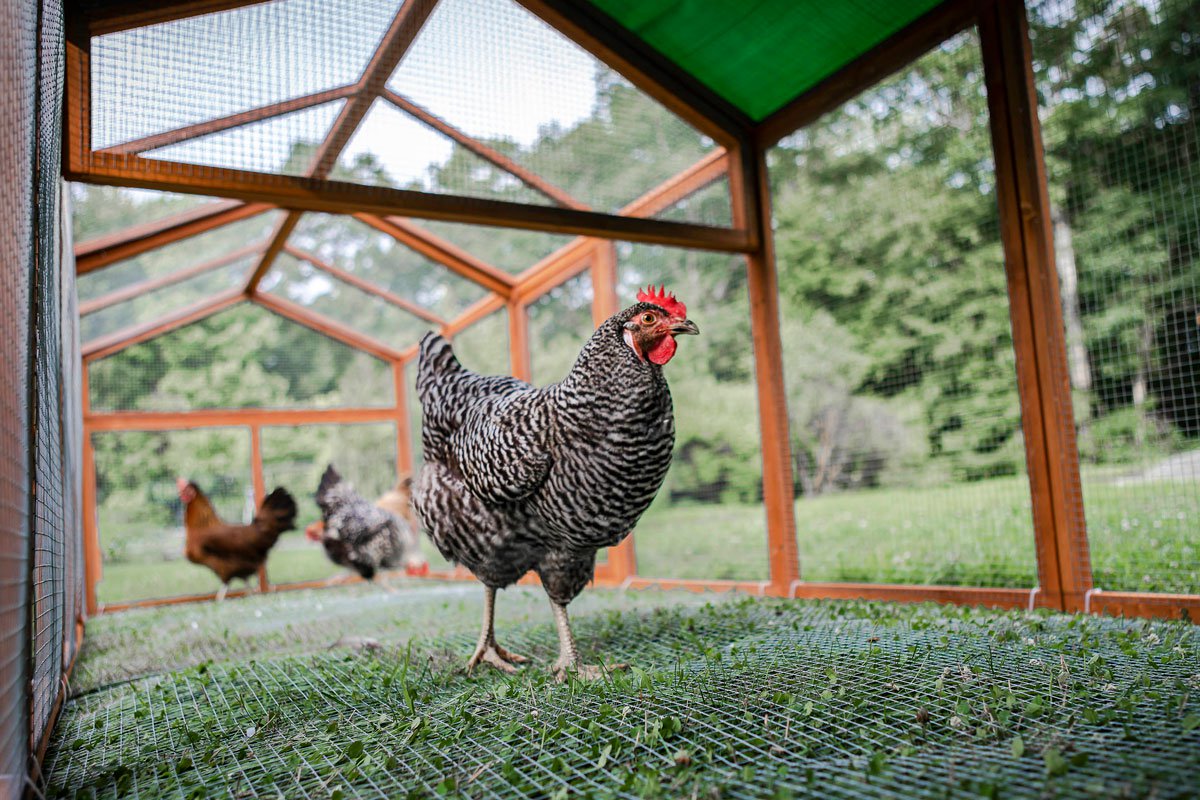
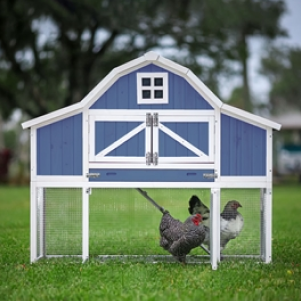
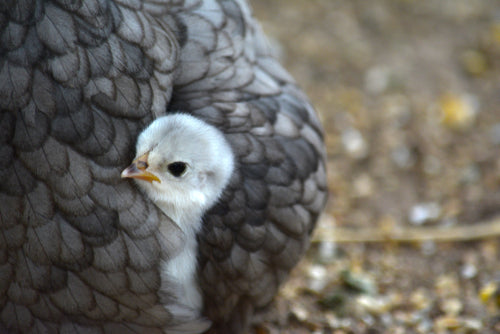
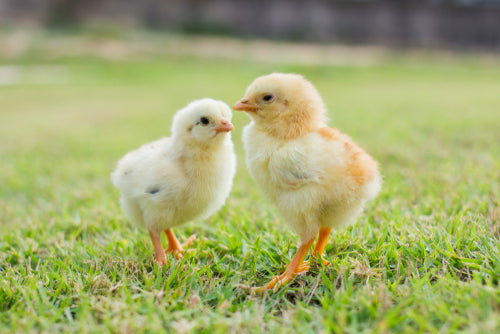
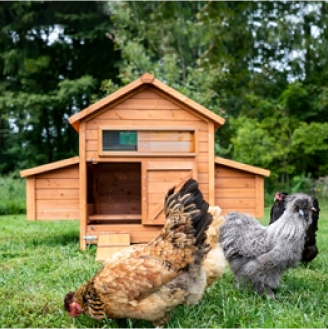

"The Clubhouse" Coop
Easy to assemble and built to last, the Clubhouse Coop is the perfect starter coop for a small flock.
